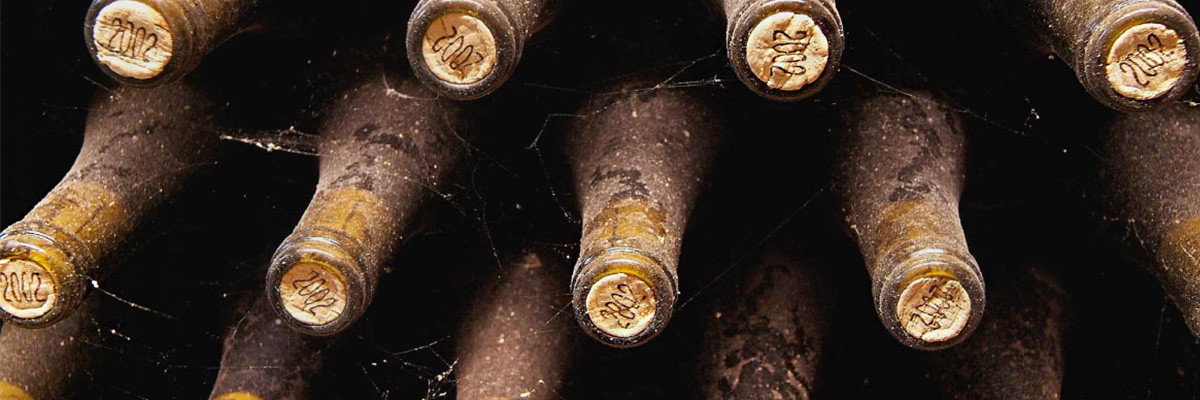Vintage
Millésime 2021
2021 vintage: A painful birth story
After a series of solar-powered vintages, 2021 marks a return to the roots of Centre-Loire vineyards: their fruity freshness. This vintage demanded the full attention of all those who spent the entire year contending with fickle weather.
Winegrowing year
Winter of 2020-2021 was another mild one. After a relatively cold month of January, February brought back balmier weather, in spite of a colder time between the 7th and 14th. The second half of the month felt more like spring. The season also experienced heavy rainfall, with almost daily precipitation.
Following a month full of contrasts in February, March continued along that same vein. It was marked by a lack of rain but above all by an episode of extremely mild weather from 27 to 31 March. This led to vegetation sprouting ahead of schedule, with bud break observed in the first days of April. 2021 was just as early a bloomer as 2020!
But in less 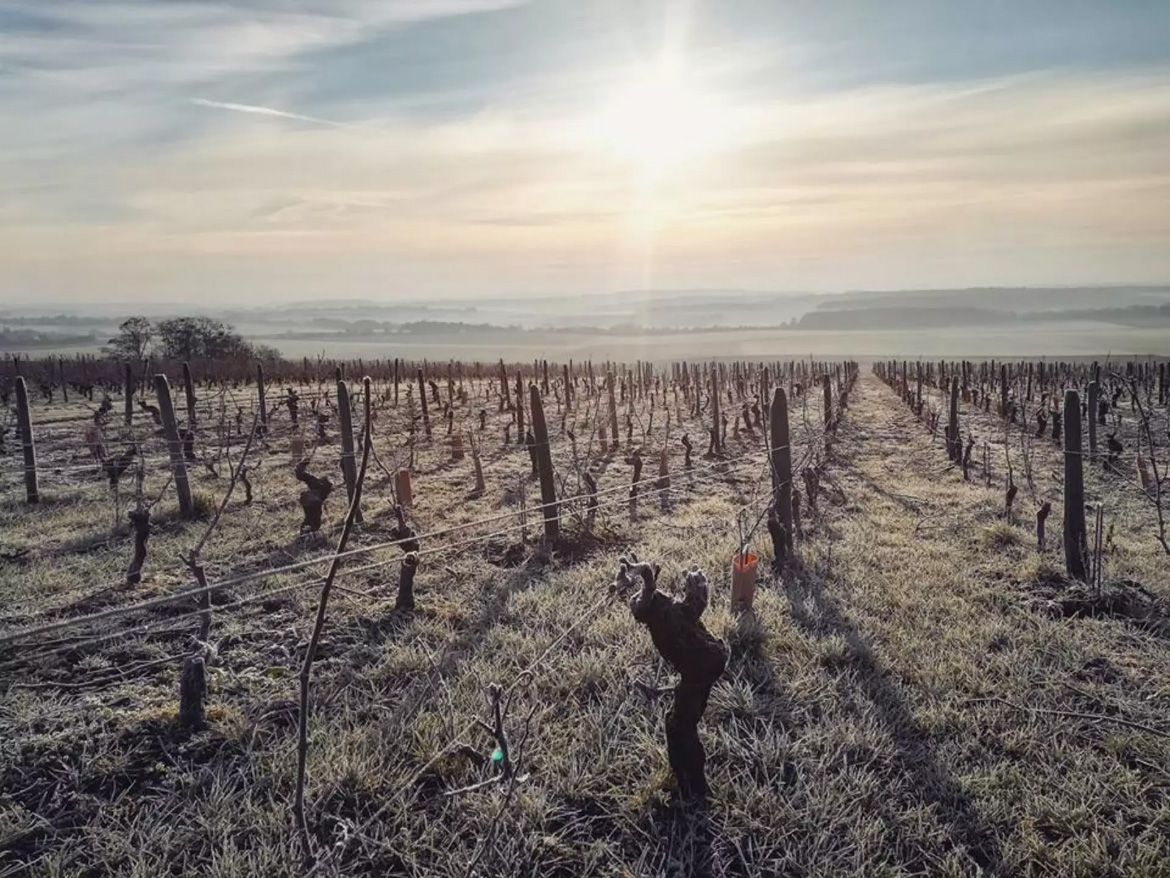 than a week, the weather turned from summer back to winter. A mass of cold air circulated throughout France between 4 and 8 April, bringing with it temperatures that dipped into the negative. This unusual freeze was the most severe of the last 30 years. While cold snaps are by no means uncommon in early April, the fact that they occurred just a week after record-breaking heat was very harmful to the grapevines. The overall effect of this first freeze, accompanied by rain or snow, was serious. A second series of freezes on 15 and 16 April affected the Châteaumeillant wine region in particular, after essentially being spared at the start of the month. It is difficult to estimate the damage to potential yields, but we all know it will be significant for the Sancerre, Coteaux du Giennois, Menetou-Salon and Châteaumeillant appellations and, to a lesser extent, Pouilly-Fumé, Reuilly and Quincy.
than a week, the weather turned from summer back to winter. A mass of cold air circulated throughout France between 4 and 8 April, bringing with it temperatures that dipped into the negative. This unusual freeze was the most severe of the last 30 years. While cold snaps are by no means uncommon in early April, the fact that they occurred just a week after record-breaking heat was very harmful to the grapevines. The overall effect of this first freeze, accompanied by rain or snow, was serious. A second series of freezes on 15 and 16 April affected the Châteaumeillant wine region in particular, after essentially being spared at the start of the month. It is difficult to estimate the damage to potential yields, but we all know it will be significant for the Sancerre, Coteaux du Giennois, Menetou-Salon and Châteaumeillant appellations and, to a lesser extent, Pouilly-Fumé, Reuilly and Quincy.
As if the April freezes weren’t enough, May began with temperatures below zero from the start. This time, the lower hillsides suffered the most, after making it through April relatively unscathed. On this occasion though, the damage was minimal. On the whole, the month of May was cool and rainy. In those circumstances, it took some time for the plants to get going again. Debudding dragged on and took place under unpleasant weather conditions. Plant growth was three to four weeks behind, compared to 2020.
Then, a change in the elements occurred in early June when the grapevines’ previously languid growth ramped up to a frenetic pace. The vines turned green at last. Their explosive growth made vine management a very tricky operation. Some vineyards did not have enough manpower, and it was hard to make up for lost time. Everything was growing, the vines… and the grass. The work to protect the vineyards was equally intense. The threat of mildew was high, with the frequent rainfall, brief periods suitable for working the vines and the increasing difficulty of reaching certain blocks of grapes.
The weather placed stress on both the plants and the women and men cultivating them.
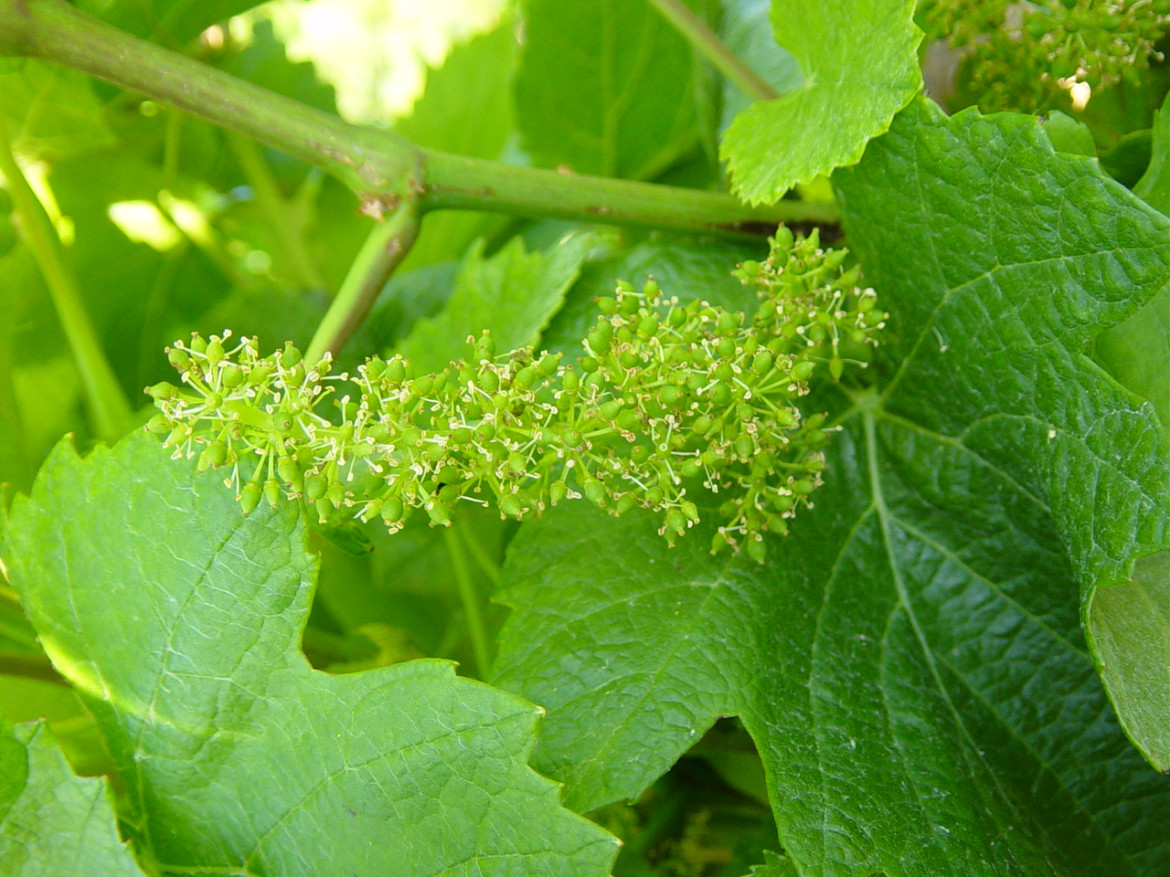 Mid-month though saw cause for hope: balmy weather between 14 and 18 June triggered flowering which happened very quickly. Finally, an important stage in the growing cycle took place under suitable conditions! But the weekend of 19 to 20 June, with a new series of weather events, soon dashed those hopes, with hail in the Pouilly-Fumé region causing substantial losses on certain blocks and very heavy rain in the Menetou-Salon region making it particularly difficult to access multiple blocks.
Mid-month though saw cause for hope: balmy weather between 14 and 18 June triggered flowering which happened very quickly. Finally, an important stage in the growing cycle took place under suitable conditions! But the weekend of 19 to 20 June, with a new series of weather events, soon dashed those hopes, with hail in the Pouilly-Fumé region causing substantial losses on certain blocks and very heavy rain in the Menetou-Salon region making it particularly difficult to access multiple blocks.
The weather in July also posed a challenge, with excessive precipitation and summer temperatures that only made a brief appearance between 18 and 23 July. Under these conditions, the sunshine was half-hearted and mildew – both downy and powdery – very active. Despite a great deal of work, some blocks’ yields were curtailed by those harmful fungi.
Veraison began mid-August, after a hint of summer from the 10th to the 15th, arousing optimism once again for an end to the gloomy period that had endured since April. But that was not to be. Hindered by below-average temperatures, the hoped-for upturn came all too slowly. Nonetheless, an end to the ordeal seemed to be on the horizon as the grapes reached maturation.
Maturation
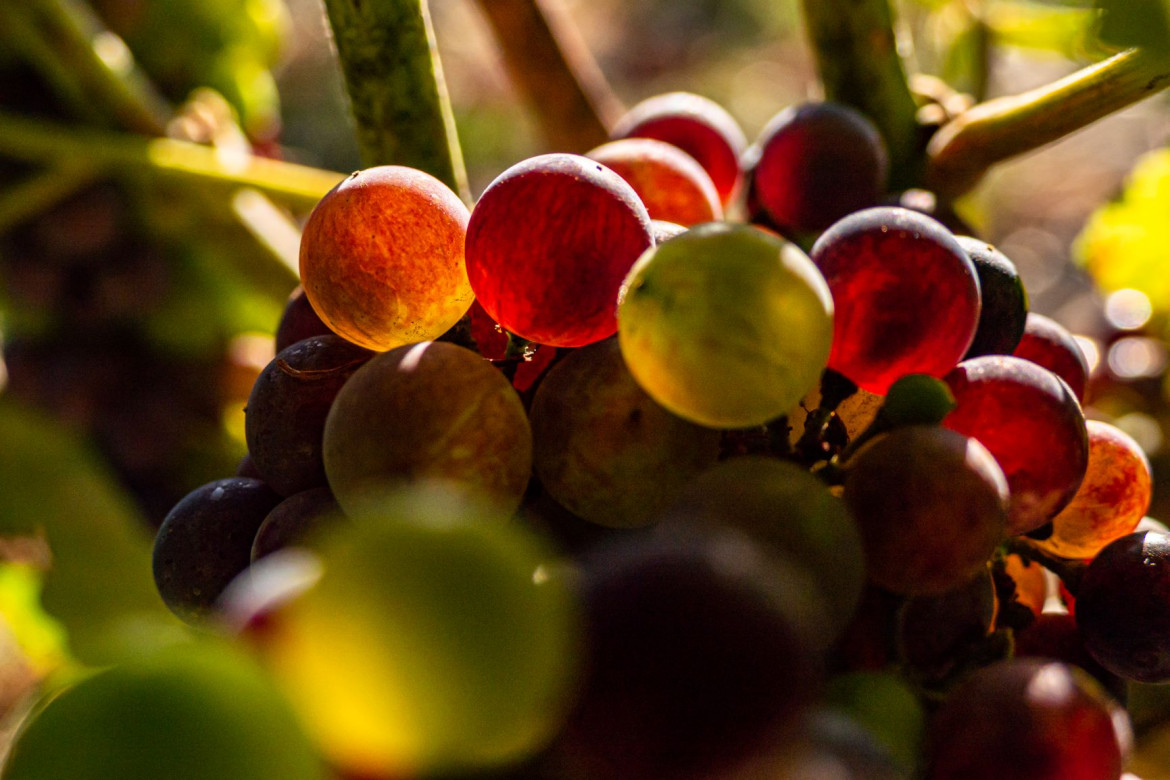 This part of the growing cycle unfolded amidst insufficient sunshine and a return of the rain. Although average temperatures remained within seasonal norms, the lows were much colder than usual.
This part of the growing cycle unfolded amidst insufficient sunshine and a return of the rain. Although average temperatures remained within seasonal norms, the lows were much colder than usual.
Under these conditions, maturation lagged. Sugar accumulated slowly, and the grapes’ acids did not decline. The temperature range was however favourable to aromatic and phenolic maturation. While the rainfall that occurred during maturation helped the berries grow, the high moisture levels were conducive to the development of botrytis bunch rot. As a result, the health of the grapes was an important factor to consider when deciding on harvest dates.
Harvesting
Harvesting got off to a slow start. In Reuilly, Pinot Gris was picked as early as 17 September. For the other varieties, the harvest began on 23 and 24 September. The Châteaumeillant AOC closed out the season, starting its harvest in the first few days of October.
The weather during the harvest period was variable. The temperature range remained advantageous for the maturation of aromas and tannins. Regular rainfall, even in episodes of just a few millimetres at a time, meant a continuously high risk of botrytis rot. Occasionally, and especially in certain areas with soil made of filtering earth, the harm to the berries’ health could have resulted in altered flavours. To prevent that from happening, winemakers had to adjust intensity of must settling and carefully sort through their red wine crops.
First impressions of the 2021 vintage
The grapes matured in cooler temperatures than in recent years, so 2021 is in line with other vintages that conform to the temperate climate of the Centre-Loire wine region.
The whites are aromatically expressive, dominated by fruity notes like citrus but also white fruit. Some of them are further enhanced by hints of spices or subtle vegetal touches. Depending on the provenance and harvest date, the balance on the palate may be characterized by a gentle freshness or more or less sustained liveliness. Experience tells us that this style of wine always improves in quality when aged.
The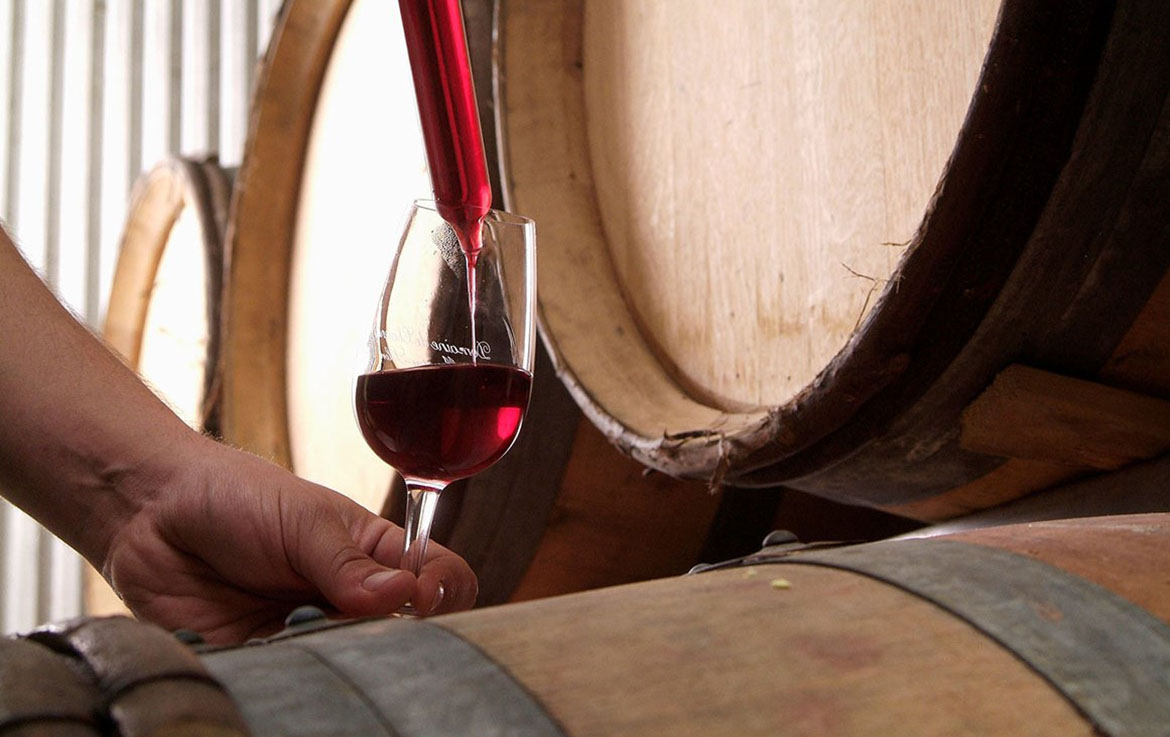 rosés tend to be fairly pale and salmon pink in colour. They are dominated by fruity fragrances (strawberry, raspberry and banana). Their mouthfeel can chiefly be described as bright and fresh.
rosés tend to be fairly pale and salmon pink in colour. They are dominated by fruity fragrances (strawberry, raspberry and banana). Their mouthfeel can chiefly be described as bright and fresh.
The reds also boast attractive fruitiness (cherry, raspberry and blackcurrant). The vatting and extraction, adapted to the characteristics of the crop, yielded wines with moderate, high-quality tannins. Malolactic fermentation should further boost their roundness. More delicate than powerful in this vintage, they may be ready to drink fairly early for people looking for a richer taste.
An unpredictable vintage year, indeed.


